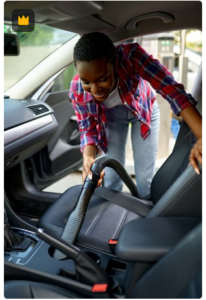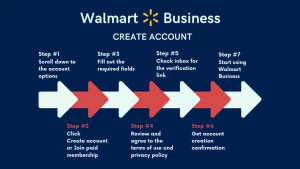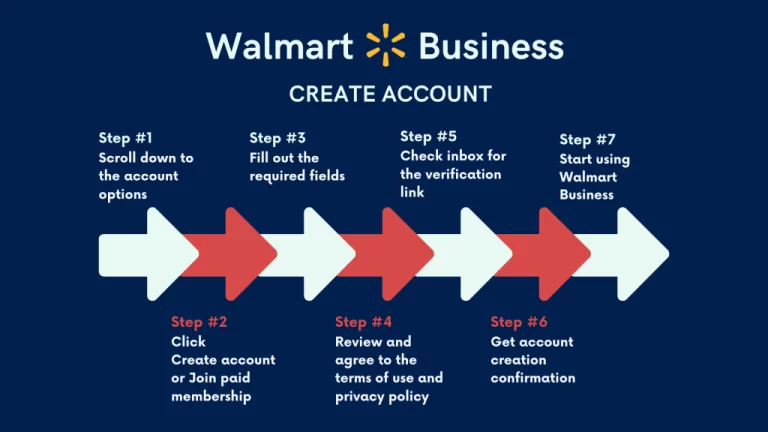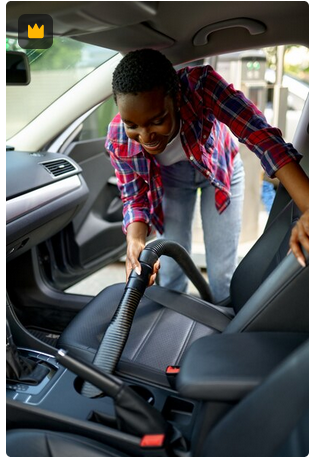Speeding is a leading cause of car accidents, contributing to numerous injuries and fatalities worldwide. As responsible drivers, it is crucial to prioritize safety and take proactive measures to prevent accidents caused by excessive speed. In this article, we will explore a comprehensive set of strategies and practical tips to help you avoid car accidents caused by speeding, ensuring the well-being of yourself, your passengers, and other road users.
1. Understand the Risks:
Recognizing the potential dangers associated with speeding is the first step toward prevention. Research indicates that higher speeds decrease a driver’s ability to react promptly to unexpected situations, increase stopping distances, and reduce vehicle control. Understanding these risks helps build a mindset of safety and responsible driving.
2. Obey Speed Limits:
One of the most effective ways to prevent accidents caused by speeding is to adhere to posted speed limits. Speed limits are set based on road conditions, traffic volume, and other factors to ensure safe travel. Always pay attention to speed limit signs and adjust your speed accordingly, especially in school zones, residential areas, and construction zones where lower limits are typically in place.
3. Plan Your Journey:
Inadequate time management and the rush to reach a destination often contribute to speeding. Plan your journey in advance, considering traffic conditions, potential delays, and estimated travel time. Leaving earlier allows you to maintain a calm and patient attitude, reducing the temptation to speed.
4. Stay Alert and Focused:
Maintaining proper focus and concentration is vital for safe driving. Avoid distractions such as mobile phones, eating, or engaging in other activities that divert attention from the road. Stay mentally alert, well-rested, and avoid driving under the influence of alcohol or drugs, as they impair judgment, reflexes, and decision-making abilities.
5. Maintain a Safe Following Distance:
Keep a safe distance between your vehicle and the one ahead of you to allow for ample reaction time. The recommended following distance is at least three seconds, which can be increased during adverse weather conditions or in heavy traffic. This ensures you have enough time to brake or maneuver if the vehicle in front suddenly slows down or stops.
6. Anticipate and Predict:
Developing good anticipation skills enables you to predict potential hazards ahead, reducing the need for abrupt speed changes. Scan the road continuously, check blind spots, and remain aware of other drivers’ behavior. This proactive approach allows you to react calmly and safely to changing traffic conditions.
7. Use Defensive Driving Techniques:
Practicing defensive driving techniques can significantly mitigate the risks of speeding-related accidents. Be aware of your surroundings, scan intersections before proceeding, and be cautious of aggressive or reckless drivers. Maintain a flexible mindset and be prepared to yield or take evasive action if necessary.
8. Utilize Vehicle Safety Features:
Modern vehicles are equipped with advanced safety features designed to prevent accidents. Take full advantage of technologies like adaptive cruise control, lane departure warning, and forward collision warning systems. These aids can provide additional support by alerting you to potential dangers and maintaining safe speeds automatically.
9. Regular Vehicle Maintenance:
Ensuring your vehicle is in good working condition is essential for safe driving. Regularly check the brakes, tires, lights, and other critical components to ensure they are functioning properly. Proper maintenance enhances vehicle performance, including braking efficiency, contributing to a safer driving experience.
10. Lead by Example:
As a responsible driver, it is crucial to set a positive example for others on the road. Avoid peer pressure and the desire to impress others through reckless driving. Encourage friends, family, and colleagues to prioritize safety, and speak up against speeding behaviors when necessary.
Conclusion:
Preventing car accidents caused by speeding requires a combination of responsible driving practices, awareness, and proactive measures. By understanding the risks, obeying speed limits, staying focused, maintaining safe distances, and utilizing advanced safety features, we can significantly reduce the likelihood of speed-related accidents. Let’s prioritize the safety of ourselves and others on the road, fostering a culture of responsible driving for a safer future. Remember, it’s better to arrive late than to never arrive at all. Drive safely!











+ There are no comments
Add yours